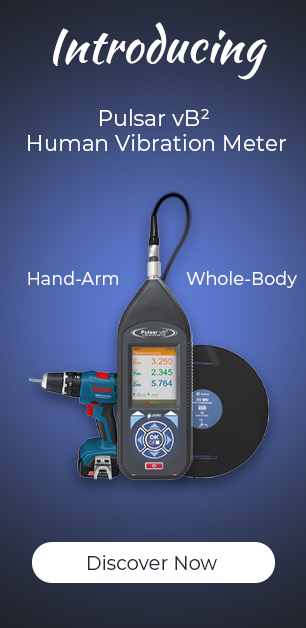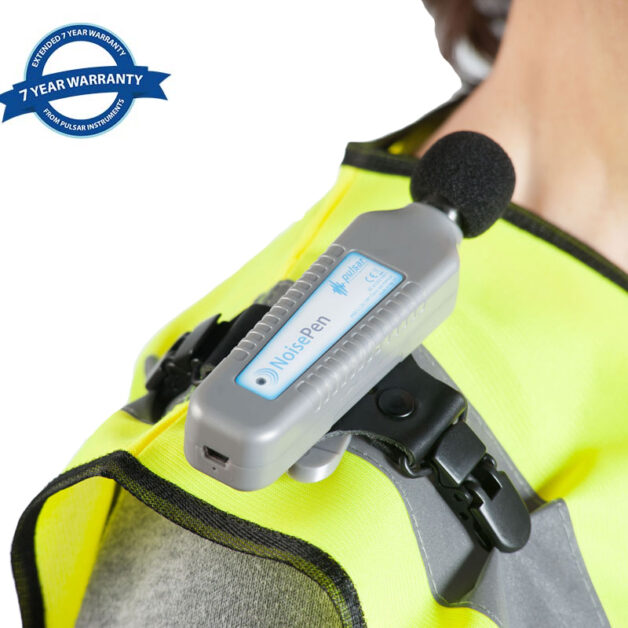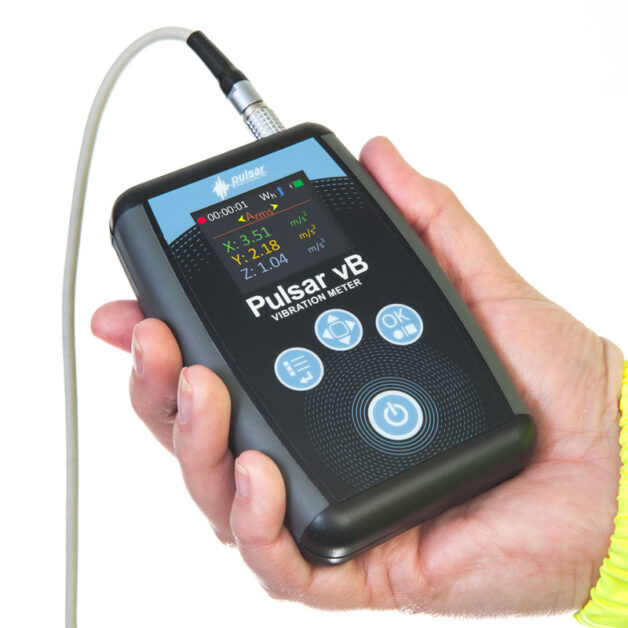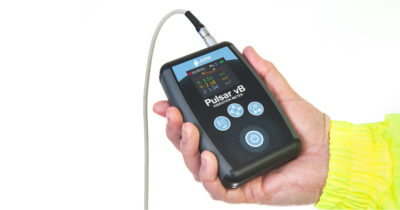Vibration White Finger is a symptom of HAVS
Hand-arm vibration can cause a range of conditions collectively known as hand-arm vibration syndrome (HAVS). It can also cause specific diseases such as carpal tunnel syndrome and secondary Raynaud’s (Raynaud’s phenomenon) or Vibration White Finger – where the small blood vessels in the extremities such as hands and fingers (usually with HAVS) and feet or toes become over-sensitive to even the slightest changes in temperature, the cold. This causes a Raynaud’s attack where the fingers sometimes change colour, but not always, from white to blue, to red.
There are two different types of Raynaud’s, Primary and Secondary. Primary is usually the less serious of the two types as the condition is generally mild and manageable, whilst people experiencing secondary Raynaud’s will usually have more severe symptoms. Exposure to vibrating power tools can be one of the causes of secondary Raynaud’s and the term Vibration white finger is a term used when secondary Raynaud’s has been caused by vibration. This typically happens to people who regularly use certain types of vibrating tools, such as:
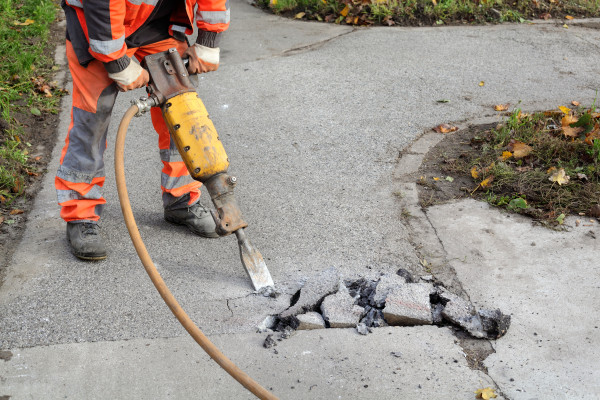
- sanders, grinders and disc cutters
- hammer drills
- chainsaws, hedge trimmers and power mowers
- Concrete breakers/road breakers
- Cut-off saws (for stone etc)
- Impact wrenches
- Jigsaws
- Needle scalers
- Pedestal grinders
- Polishers
- Power hammers and chisels
- Powered lawn mowers
- Powered sanders
- Scabblers
- Strimmers/brush cutters
- Jet washers
- Hand-held grinders
A Raynaud’s attack can be uncomfortable at best and painful at worst, process. It can also make everyday tasks, like buttoning a jacket or unzipping a purse, very difficult.
Any vibrating tool that causes tingling or numbness in your fingers could lead to vibration white finger. Symptoms include:
- a colour change in the extremities such as hands or feet
- cold extremities and numbness
- tingling or pain
For more information about Raynaud’s Disease (primary and secondary) its causes and treatment, please visit Scleroderma & Raynaud’s UK
Do you have a hand-arm vibration problem at work?
The Control of Vibration at Work Regulations 2005 were introduced to better protect workers from vibration at work and came into force in July 2005. By law, as an employer, you must assess and identify measures to eliminate or reduce risks from exposure to hand-arm vibration so that you can protect your employees from risks to their health.
This will depend on whether your employees regularly and frequently work with vibrating tools and equipment and/or handle vibrating materials. It will also depend on how long your employees are exposed to vibration and at what level. As a simple guide, you will probably need to do something about vibration exposures if any of the following apply.
- Do your employees complain of tingling and numbness in their hands or fingers after using vibrating tools?
- Do your employees hold workpieces, which vibrate while being processed by powered machinery such as pedestal grinders?
- Do your employees regularly use hand-held or hand-guided power tools and machines such as:
- concrete breakers, concrete pokers
- sanders, grinders, disc cutters
- hammer drills
- chipping hammers
- chainsaws, brush cutters, hedge trimmers
- powered mowers
- scabblers or needle guns
Do your employees regularly operate:
- Hammer action tools for more than about 15 minutes per day; or
- Some rotary and other action tools for more than about one hour per day
Identifying signs and symptoms of vibration white finger
Identifying signs and symptoms at an early stage is important. It will allow you, as the employer, to take action to prevent the health effects from becoming serious for your employee. The symptoms include any combination of:
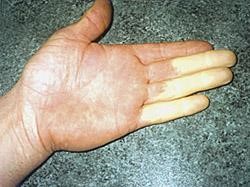
- Tingling and numbness in the fingers;
- Not being able to feel things properly;
- Loss of strength in the hands;
- Visible Vibration White Finger – fingers going white (blanching) and becoming red and painful on recovery (particularly in the cold and wet, and probably only in the tips at first).
For some people, symptoms may appear after only a few months of exposure, but for others, they may take a few years. They are likely to get worse with continued exposure to vibration and may become permanent.
Where the risks are low, the actions you take may be simple and inexpensive, but where the risks are high, you should manage them using a prioritised action plan to control exposure to hand-arm vibration. Where required, ensure that:
- Control measures to reduce vibration are properly applied; and
- You provide information, training and health surveillance.
Review what you are doing if anything changes that may affect exposures to vibration at work.
Contact Pulsar Instruments for Hand Arm Vibration Meters and further advice on managing vibration at work. We have also produced a Free Guide for you to download: Employer’s Guide: 5 Steps to Controlling Hand Arm Vibration.
What can you do as an employee?
You could be risking damage to nerves, blood vessels and joints of the hand, wrist and arm if you work regularly with hand-held or hand-guided power tools for more than a few hours each day. Your employer has a responsibility to protect you from this. If the job can’t be done without vibrating tools:
- ask to use suitable low-vibration tools
- make sure you’re using the right tool for the job
- check tools are properly maintained
- keep cutting tools sharp
- reduce the amount of time you use the tool in one go by doing other jobs in between
- keep warm at work
- wear anti-vibration gloves
- store tools indoors, so they don’t have cold handles when used
- encourage your blood circulation by keeping warm, stopping smoking, massaging and exercising fingers during your breaks
- If you’re diagnosed with the condition, tell your employer as soon as possible. If you stop using vibrating tools at an early stage, you may recover fully.
By law, your employer must contact the Health and Safety Executive about your condition.

